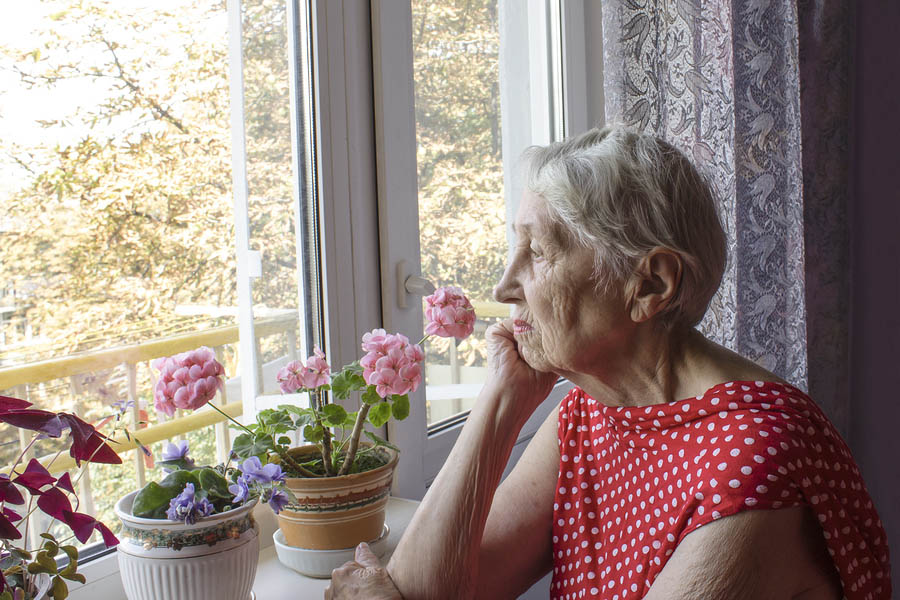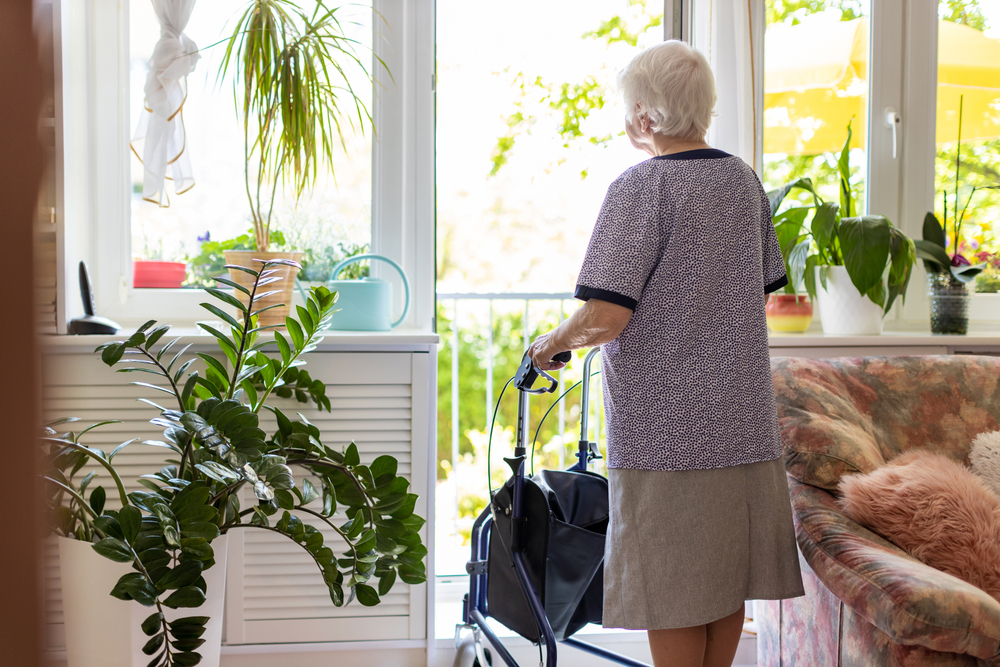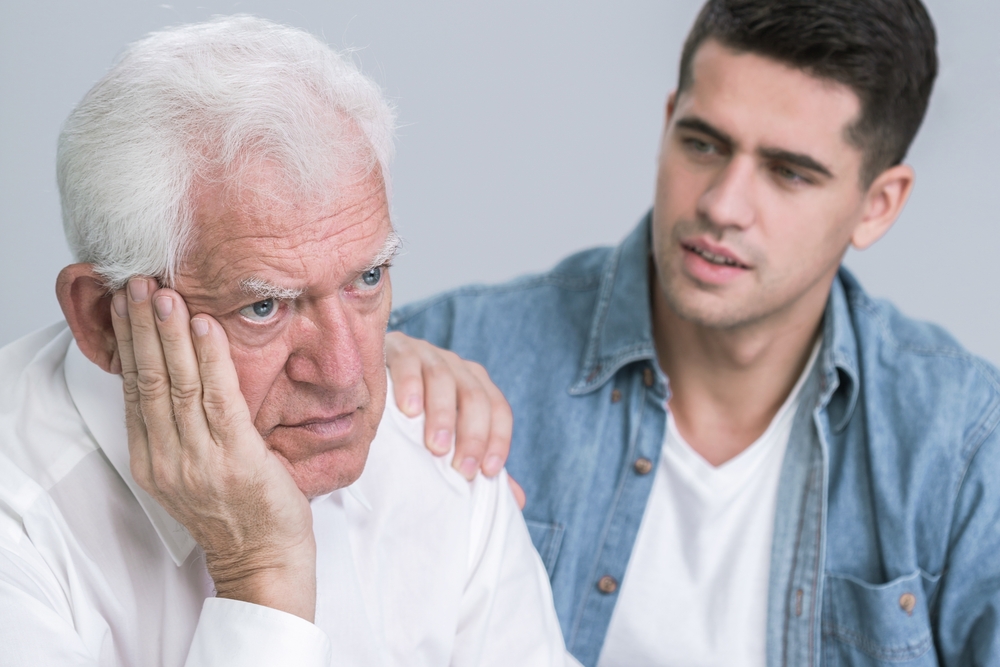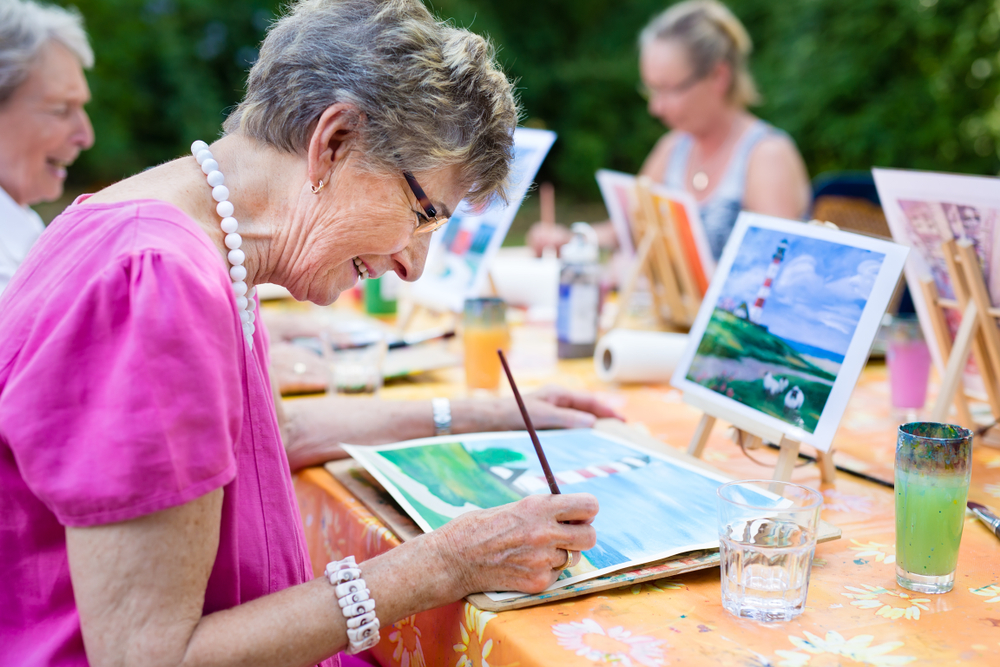Causes of Social Isolation in Elderly Adults
Category:

No one likes to feel lonely or isolated, but for many seniors, it’s a feeling they know all too well. As we get older, our children move away, we lose touch with friends, and sometimes have difficulty getting out of the house to socialize. All of these things contribute to isolation and loneliness in the elderly, though they mean two different things.
Social isolation, sometimes referred to as objective isolation, is the physical separation from other people (living alone). People experiencing social isolation typically have minimal social contact, little or no quality relationships, and lack a sense of belonging. It differs from loneliness in that its focus is social contact rather than subjective feelings of being alone. Loneliness denotes whether or not people feel isolation, and is known as subjective isolation. The key difference here is objective versus subjective; loneliness is based on your perceived feelings whereas isolation is based on your environment.
People are considered to be isolated if they live alone, never go out of the house, have no close relatives, never visit anyone, have no contact with neighbors, have no phone, or are alone for more than 9 hours a day. They are considered lonely if they wish for more friends, do not see enough of their friends and relatives, have no confidence, have no real friends living nearby, do not meet enough people, have no one of whom to ask favors, or spent the previous holiday season alone and lonely. Many seniors will meet most, if not all, of these criteria, which is why social isolation has started to become synonymous with senior or elderly isolation.
Download a Free Guide to Home Care
Elderly Isolation Statistics
Social isolation in the elderly has been a growing concern, and many different studies have been conducted to determine its causes, risk factors, and how it affects seniors’ health. Most studies agree that loneliness and isolation can be as dangerous as smoking 15 cigarettes a day or being an alcoholic, and can increase the risk of dementia by 64 percent. Additional statistics are compelling:
- Loneliness increases the likelihood of mortality by 26 percent.
- People who are lonely report 5 percent more severe symptoms in the common cold than those who are less lonely.
- 18 percent of adults age 65 and older in the U.S. live alone, and 43 percent report feeling lonely on a regular basis.
- Between 10 and 43 percent of community-dwelling seniors are socially isolated.
- Lonely seniors have a 59 percent higher risk of physical and mental health decline.
These statistics show how much more difficult life becomes for seniors when they experience loneliness or isolation. Not only do they experience significantly more health issues, but these issues often exacerbate the lonely or isolated feelings.
Causes of Social Isolation in Elderly Adults
The loneliness and social isolation that seniors experience is usually caused by low-quality social relationships, or a lack of these relationships entirely. However, there are many other things that could cause these issues, such as being age 80 or older, having chronic health problems, and changing family structures. Social contacts tend to decrease as we age due to retirement, death of friends and family, and lack of mobility.
Other causes of elderly social isolation include:
- Disability
- Living alone
- Limited finances
- Impaired mobility
- No family close by
- Never having married
- Transportation challenges
- Divorced, separated, or widowed
- Inability to remain physically and mentally active
- Lack of access and inequality due to rural living or being part of a marginalized group
- Poor health and well-being including untreated hearing loss, frailty, and poor mental health
- Societal barriers such as ageism and lack of opportunities for older adults to engage and contribute
Most seniors face at least one of these challenges, but a large number of them deal with several. Certain groups are at a higher risk of social isolation, including those with low income, seniors who are caregivers to others, those who are new to the area, members of the LGBTQ community, and seniors with physical and mental health issues.
Social Isolation and Loneliness in the Elderly
We know that isolation and loneliness can be caused by health issues, but they, in turn, come with an increased risk of many health-related problems such as cognitive decline, suicide, chronic lung disease, falling, arthritis, depression, re-hospitalization and institutionalization, coronary heart disease and stroke, and malnutrition. Research suggests that isolation and loneliness are also linked to high blood pressure, obesity, heart disease, a weakened immune system, depression, anxiety, cognitive decline, Alzheimer’s disease, and early death.
Given these consequences, many in the healthcare industry have recommended that loneliness and isolation be diagnosed and treated with the same rigor applied to any other disease or chronic condition. We at Griswold Home Care could not agree more. We strive to prevent elderly isolation and depression and do all that we can to keep our clients safe from these feelings. Our foundation’s recent national partnership with Meals on Wheels America to support their research into senior isolation is a testament to that commitment.
Summary
While there are many different causes and subsequential risk factors of social isolation and loneliness, we must remember that there are ways we can combat these causes and overcome the risks. By checking on senior loved ones frequently, especially those that fall into the higher-risk categories, we can work to prevent feelings of loneliness and isolation in the elderly. Whether you give them a call, stop by to visit, or assist them in getting out of the house, you’re doing your part to keep the seniors in your life happy, healthy, and feeling loved.
If you don’t live close to the seniors in your life or are unable to check in with them as often as you would like, a caregiver can help. Companion caregivers can stop by to visit your loved one, and they can sit and chat, play board games, or scrapbook together – whatever your loved one enjoys most, caregivers can do with them.
Subscribe
Date: March 26, 2020
Category:


